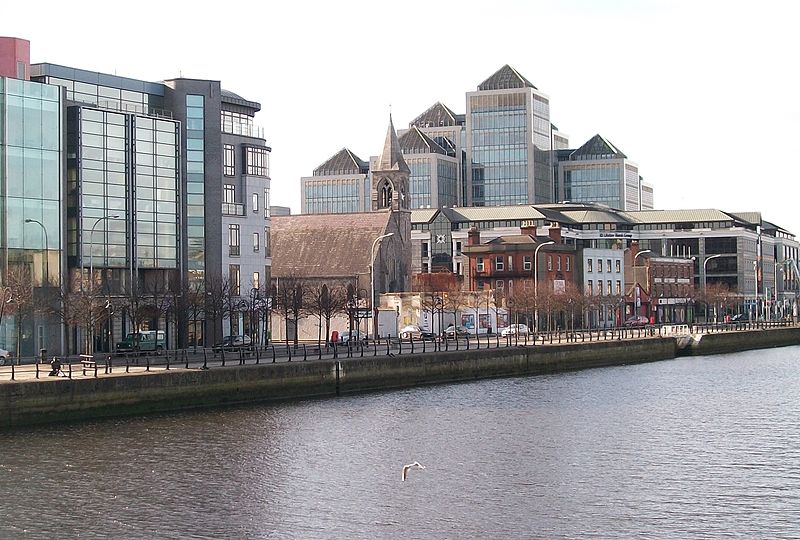By William Chislett
The good news is that Spain has finally come out of a five-year recession that was triggered by the bursting of its property bubble. The bad news is that the unemployment rate remains stubbornly high at a whopping 26%, double the European Union average.
The scale of the property madness was such that in 2006 the number of housing starts (762,214) was more than that of Germany, France, and Italy combined. This sector, to borrow the title of a novel by Gabriel García Márquez, was a Chronicle of a Death Foretold. There are still an estimated more than one million new and second hand unsold homes.
The excessive concentration on the property sector, as the motor of an economy that boomed for a decade, created a lopsided economic model and fertile ground for corruption. When the sector crashed as of 2008 and house prices plummeted, 1.7 million people lost their jobs in construction out of a total of 3.7 million job losses in the last six years, households were left with mortgages they could not pay and property development companies unable to service their bank loans. This, in turn, severely weakened parts of the banking system which had to be rescued by the European Stability Mechanism with a €42 billion bailout programme. Spain exited the bail-out in January, but bad loans still account for more than 13% of total credit, up from a mere 0.7% in 2006.
Spain has emerged from recession thanks largely to an impressive export performance, achieved through an “internal devaluation” (lower unit labour costs stemming from wage cuts or a wage freeze and higher productivity). As a euro country, Spain cannot devalue. Merchandise exports rose from €160 billion in 2009 to €234 billion in 2013, an increase equivalent to more than 7% of GDP. This growth has been faster than the pace of powerhouse Germany, albeit from a smaller base. Exports of goods and services rose from 27% of GDP in 2007 to around 35% last year. The surge in exports combined with the drop in imports and a record year for tourism, with 60 million visitors, turned around the current account, which was in surplus for the first time in 27 years. In 2007, the current account recorded a deficit of 10%, the highest in relative terms among developed countries.
Unemployment is the most pressing problem. The depth of the jobs’ crisis is such that Spain, which represents 11% of the euro zone’s economy and has a population of 47 million, has almost 6 million unemployed (around one-third of the zone’s total jobless), whereas Germany (population 82 million and 30% of the GDP) has only 2.8 million jobless (15% of the zone’s total). Germany’s jobless rate is at its lowest since the country’s reunification, while Spain’s is at its highest level ever.
Young Spanish adults, particularly the better qualified, are increasingly moving abroad in search of a job, though not in the scale suggested by the Spanish media which gives the impression there is a massive exodus and brain drain. One thing is the large flow of those who go abroad, especially to Germany, and return after a couple of months; another the permanent stock of Spaniards abroad (those who stay beyond a certain amount of time), which is surprisingly small. According to research conducted by the Elcano Royal Institute, Spain’s main think tank, between January 2009 and January 2013, the worst years of Spain’s recession, the stock of Spaniards who resided abroad increased in net terms by a mere 40,000, which is less than 0.1% of Spain’s population, to 1.9 million. These figures are based on official Spanish statistics cross-checked with data in the countries where Spaniards reside. The number of Spaniards living abroad is less than one-third the size of Spain’s foreign-born population of 6.4 million (13.2% of the total population). Immigrants in Spain are returning to their country of origin, particularly Latin Americans.
Spain’s crisis has also resulted in a long overdue crackdown on corruption. There are around 800 cases under investigation, most of them involving politicians and their business associates. Spain was ranked 40th out of 177 countries in the 2013 corruption perceptions ranking by the Berlin-based Transparency International, down from 30th place in 2012. Its score of 59 was six points lower. The nearer to 100, the cleaner the country. Spain was the second-biggest loser of points, and only topped by war-torn Syria. The country is in for a long haul.
William Chislett, the author of Spain: What Everyone Needs to Know, is a journalist who has lived in Madrid since 1986. He will be talking on his book at the Oxford Literary Festival on 29 March. He covered Spain’s transition to democracy (1975-78) for The Times of London and was later the Mexico correspondent for the Financial Times (1978-84). He writes about Spain for the Elcano Royal Institute, which has published three books of his on the country, and he has a weekly column in the online newspaper El Imparcial. He has previously written on Spanish unemployment and Gibraltar for the OUPblog.
Subscribe to the OUPblog via email or RSS.
Subscribe to only business and economics articles on the OUPblog via email or RSS.
Image credits: (1) Spanish Falg By Iker Parriza. CC-BY-SA-3.0 via Wikimedia Commons (2) Mariano Rajoy By Gilad Rom. CC-BY-SA-3.0 via Wikimedia Commons
The post What does the economic future hold for Spain? appeared first on OUPblog.




